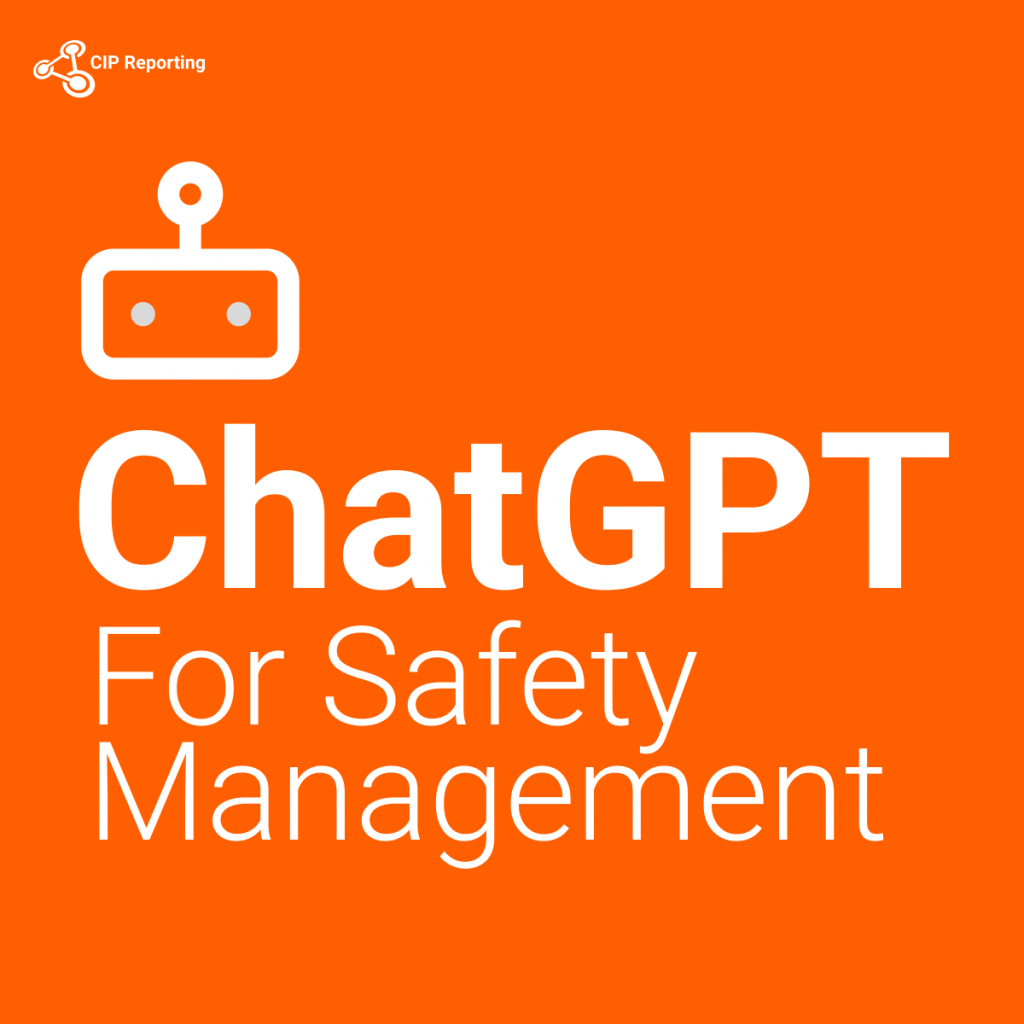Safety managers play a critical role in ensuring the well-being of employees and the overall safety of the workplace. With the advancement of technology, new tools and resources are emerging to assist safety managers in their daily activities. One such tool is ChatGPT, a language model developed by OpenAI. In this blog post, we will explore how ChatGPT can support safety managers in their important tasks and responsibilities.
1. Instant Access to Information
ChatGPT can serve as a valuable knowledge resource for safety managers. With its vast amount of information and access to real-time updates, ChatGPT can provide quick answers to safety-related questions, regulatory requirements, best practices, and industry standards. Safety managers can leverage ChatGPT to quickly gather relevant information, saving time and effort in searching through numerous documents or websites.
2. Risk Assessment and Mitigation
Effective risk assessment and mitigation strategies are crucial for maintaining a safe working environment. ChatGPT can assist safety managers in evaluating potential hazards, identifying risks, and recommending appropriate control measures. By providing insights and suggestions based on its extensive knowledge base, ChatGPT can enhance the decision-making process and help safety managers develop robust risk management plans.
3. Training and Education
Safety managers are responsible for ensuring that employees receive adequate training on safety protocols and procedures. ChatGPT can contribute to this process by offering interactive and engaging training modules. Through a conversational interface, ChatGPT can simulate various safety scenarios, provide guidance on emergency response procedures, and reinforce safety training concepts. This interactive training approach can enhance employee engagement and retention of important safety information.
4. Incident Reporting and Analysis
Accurate and timely incident reporting is crucial for identifying trends, analyzing root causes, and implementing corrective actions. ChatGPT can support safety managers in the incident reporting process by providing standardized incident report templates, guiding users through the necessary information to include, and offering recommendations for corrective actions based on historical data and industry best practices. This assistance can streamline the incident reporting workflow and improve the effectiveness of incident analysis.
5. Continuous Improvement and Compliance
ChatGPT can aid safety managers in continuously improving safety performance and ensuring compliance with regulations. By analyzing data from incident reports, safety inspections, and audits, ChatGPT can identify patterns, highlight areas of concern, and suggest proactive measures to prevent future incidents. Additionally, ChatGPT can help safety managers stay updated with evolving regulations and standards, ensuring that their safety programs remain compliant and up to date.
Conclusion
Incorporating ChatGPT into the daily activities of safety managers can significantly enhance their effectiveness and productivity. From instant access to information and risk assessment support to interactive training modules and incident analysis assistance, ChatGPT can be a valuable tool in promoting a safer work environment. As technology continues to advance, embracing AI-powered solutions like ChatGPT can empower safety managers to excel in their critical roles and responsibilities.
Incorporating ChatGPT into the daily activities of safety managers can significantly enhance their effectiveness and productivity. From instant access to information and risk assessment support to interactive training modules and incident analysis assistance, ChatGPT can be a valuable tool in promoting a safer work environment. As technology continues to advance, embracing AI-powered solutions like ChatGPT can empower safety managers to excel in their critical roles and responsibilities.
Disclaimer: ChatGPT is an AI language model and should be used as a complementary tool. It is important for safety managers to exercise their professional judgment and consider specific organizational needs and requirements.
Incidents can happen anywhere, anytime, and to anyone. The same holds for Environmental, Health, and Safety (EHS) incidents, which can have devastating consequences on the health and wellbeing of people and the environment. That’s why EHS incident reporting is crucial in identifying, analyzing, and preventing potential hazards and risks.
This article will cover the importance of EHS incident reporting, the procedures for reporting incidents, and best practices for effective EHS incident reporting.

